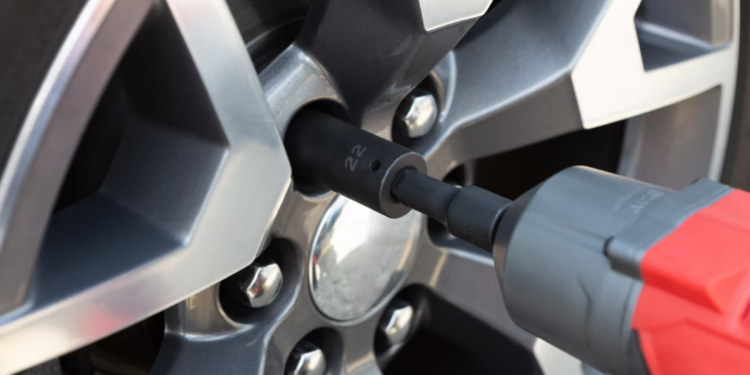The huge nuts known as lug nuts are responsible for holding the wheels of a vehicle to the axle. When you’re driving, they have the wheels on the ground and prevent them from slamming into one other. A lug nut is not always readily available, so you’ll need to obtain a wrench and socket of the correct size if you don’t have one on hand.
Some of the most crucial parts of your automobile are the lug nuts. If you try to install lug nuts on your car with the incorrect nut size, or if you drive around with lug nuts, you run the risk of damaging your wheels. It’s for this reason that you should be acquainted with your lug nut sizes and as much as possible about lug nuts.
Are Lug Nuts Universal?
You should never, ever use the lug nuts on your automobile that you happen to locate.
Lug nuts come in a wide variety of designs and materials. The lug nut size varies from automobile to car as well. This will assist you in keeping your wheels on the ground as you drive along the road. It will also protect your wheels, axles, and lug nuts from being damaged.
Types of Lug Nuts
Conical – Conical lugs are the most popular lug nuts and are intended to suit cone-shaped lug holes. The most frequent type is a 60-degree taper. They’re a breeze to work with, and the centering is almost always perfect.

Flat – The mounting surface of a balanced lug nut merely extends outward at a 90-degree angle from the stud. For centering, most feature a tiny barrel extending into the lughole of the wheel. The stem can become stuck on the flat surface of the mounting lug if the lug isn’t centered precisely correctly. To prevent this, it is recommended to hand-tighten all lug nuts.
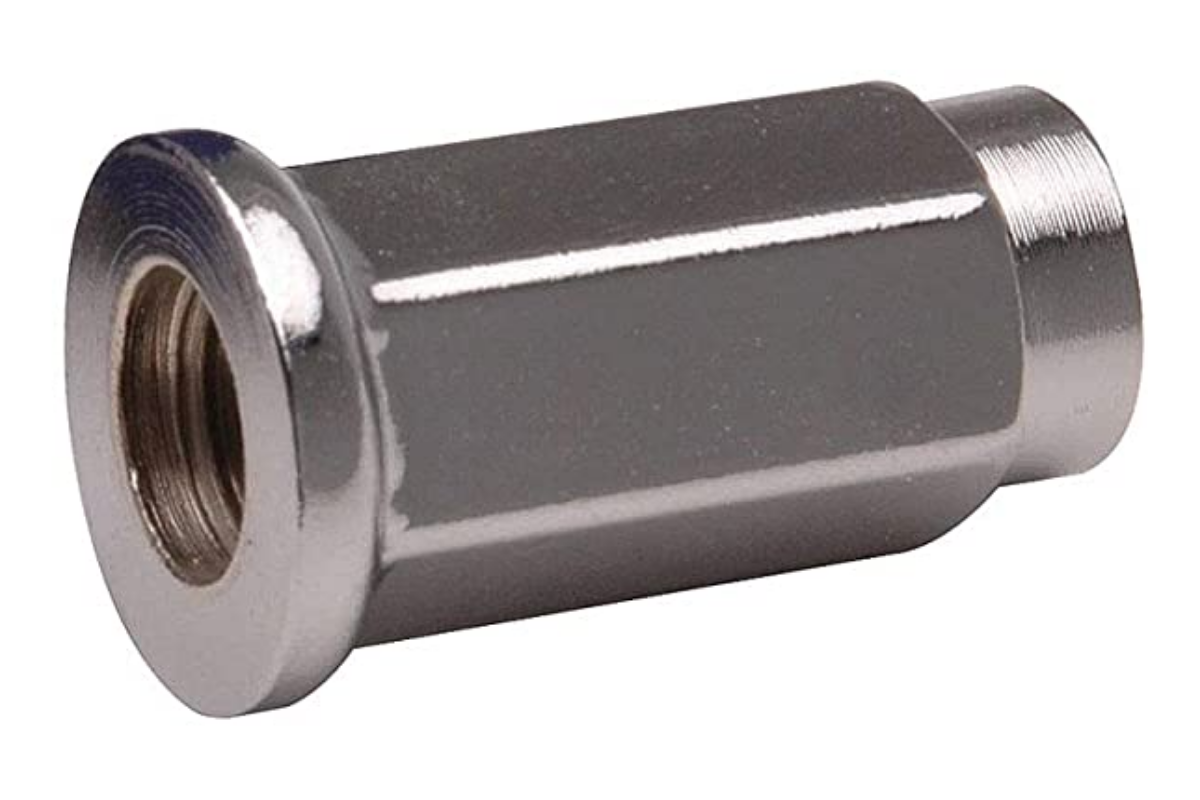
Ball – Rather than cone-shaped, ball-style lug nuts are basically circular. When the two are mixed up, the wheel’s mating surfaces are at risk of severe and often irreversible damage. Some Mercedes, Audi, VW, and Honda automobiles still use ball lug nuts.
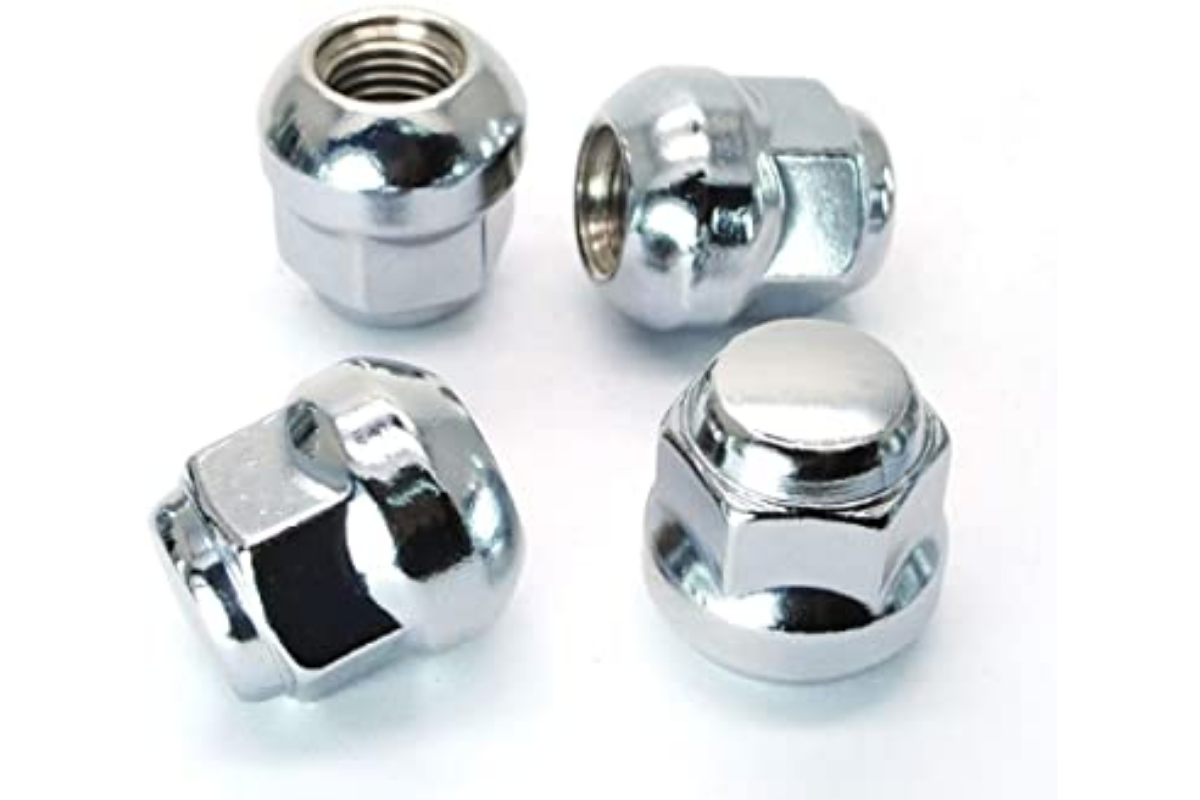
Tuner – The lug nuts that come standard on many aftermarket wheels are tiny in diameter. Tuner lugs used to be installed and removed using a solid hex-shaped key with an open center. It’s not common anymore since the open design lets air and moisture access the studs and threads in broadly available ways.
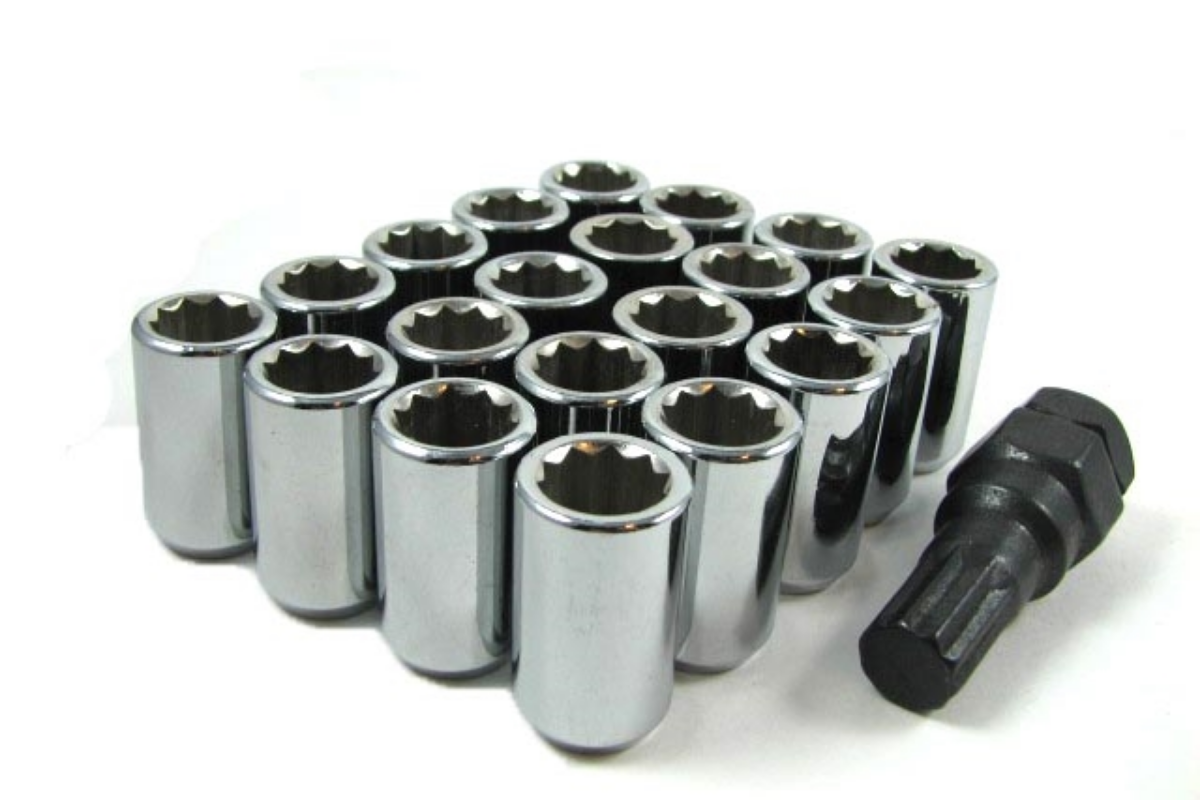
Spline Drive – Some consumers believe spline drive lugs safeguard their wheels from theft like wheel locks. However, this is simply not the case. As you can see from the picture, the head of these lugs has several tiny grooves that may receive a specific low-profile key. Putting your trust in them to keep your valuables safe from theft is a recipe for disaster.
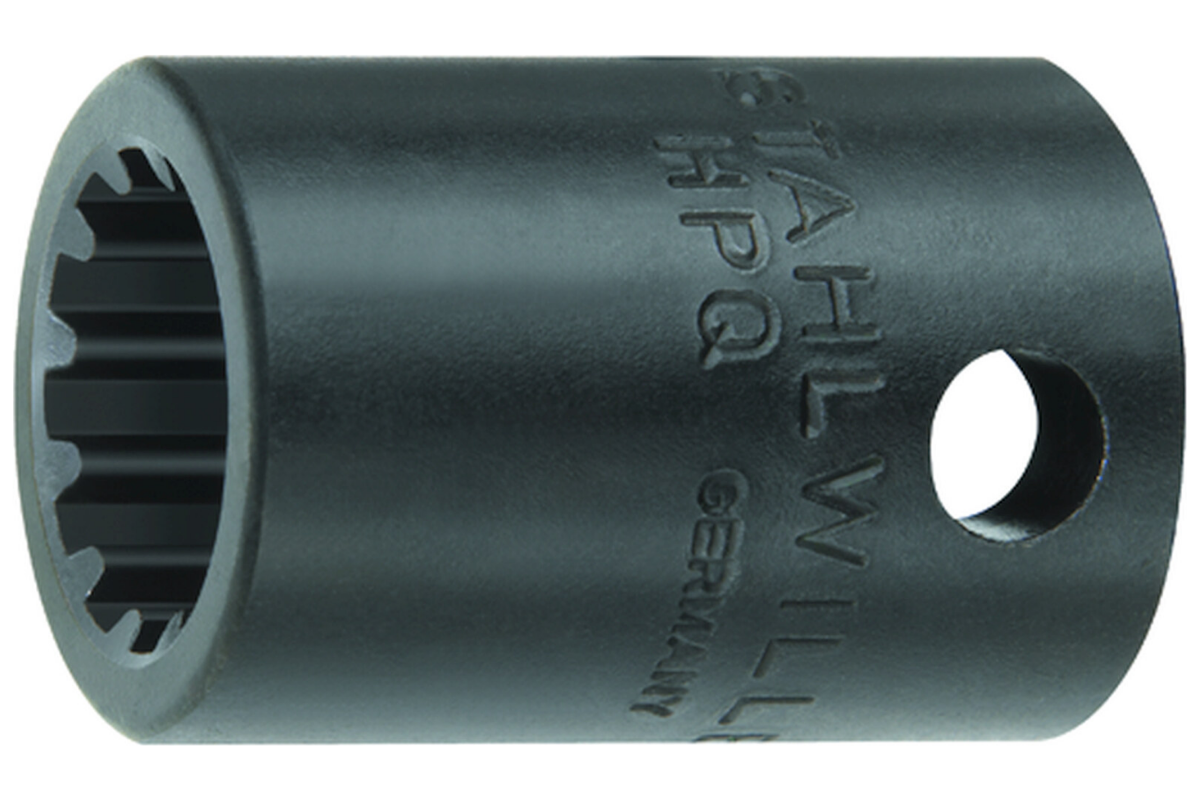
Lug Bolts – Lug bolts are used to attach the wheels to the rotor. Most tire technicians dislike this rule because you can’t merely hang the wheel assembly on the lug studs. While threading the bolts, you must hold the wheel assembly against the rotor. Fork-shaped tools are also available, but I’ve never found them to be as effective as a decent set of shins in accomplishing the same job.
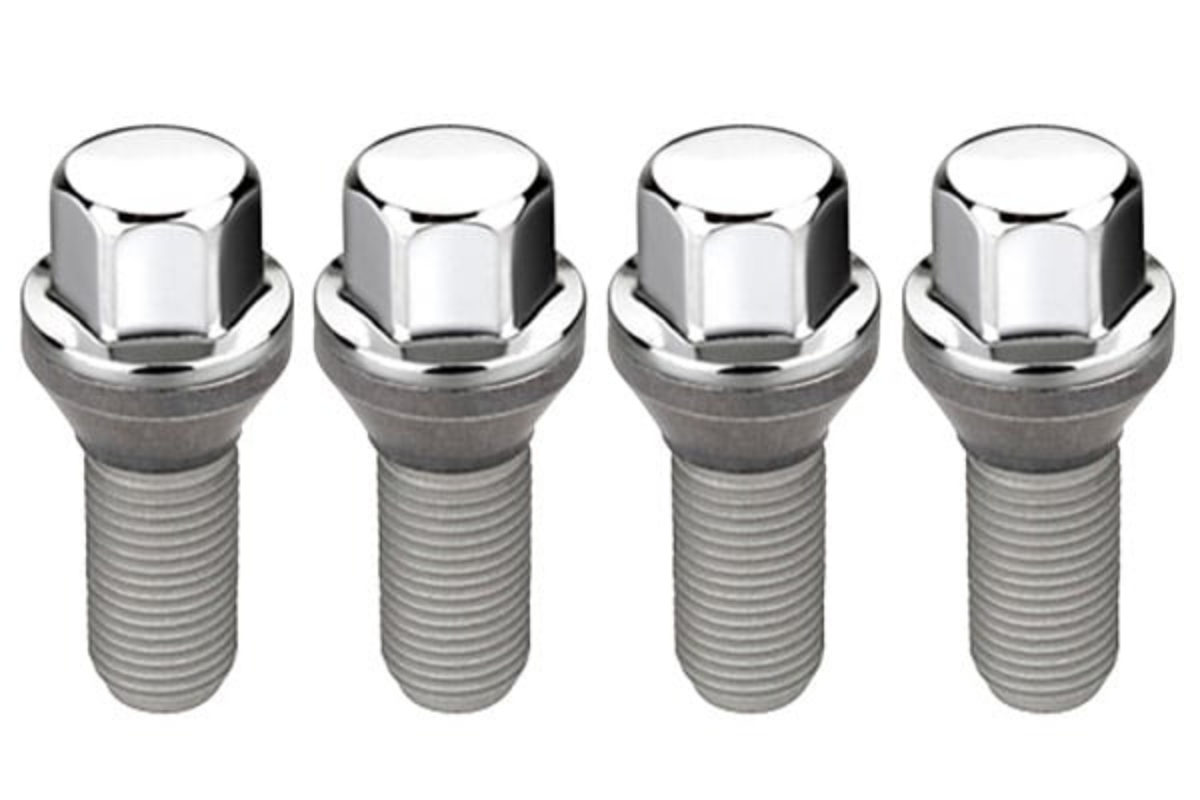
There are a variety of sizes of Lug Nuts.

It’s impossible to have a single set of lug nuts that fit all automobiles. Lug nuts come in a variety of thread diameters and pitch sizes. You might lose your wheels and/or axles if you make a single mistake. You may also lose control of your vehicle if you don’t know about the various lug nut sizes, which is why you should educate yourself.
What Size Lug Nuts Are the Most Often Used?
Which lug nut sizes are most common? Before determining which lug nut size is appropriate for your vehicle, you should familiarize yourself with the various types. Lugnut thread diameters are represented by the first number, while lug nut pitch is represented by the second number.
10mm x 1.25
12mm x 1.25
12mm x 1.50
12mm x 1.75
14mm x 1.25
14mm x 1.50
14mm x 2.0
7/16” x 20
1/2” x 20
9/16” x 20
A car’s lug nut size cannot be standardized. The dimensions might fluctuate from year to year and across the board. Use the lug nuts that are compatible with your vehicle, not those that don’t.
Do You Know Which Lug Nut Size Your Car Needs?
You’ll need 14mm x 1.5 lug nuts if you drive a 2005 Chrysler 300 or Chrysler PT Cruiser. You’ll need 12mm x 2.25 lug nuts if you have a 2005 Ford Focus, but they’re not the same size for both automobiles. Learn more about determining your vehicle’s lug nut size by reading on!
It is possible to find web pages that outline the specific lug nuts required for your kind of vehicle. When it comes to the lug nut size, you may check your vehicle’s owner’s handbook. Alternatively, you may have your technician measure the diameter of your lug nuts for you. Try to stay with the recommended size for your vehicle rather than winging it.
Wrong Lug Nut Size for Your Car?
Most of the time, you’ll pay dearly if you choose the wrong lug nut size for your vehicle. Log nut damage is possible and damage to the wheels and axles of your car. Additionally, this might put you in a situation where you’re forced to drive around in an unstable vehicle due to the additional pressure that lug nuts that are the incorrect size can impose on your car – this could lead you to lose control of your vehicle.
Is it Safe to Drive a Car With a Missing Lug Nuts?
Having a lug nut go missing from your car’s wheel may not seem like a big deal at first. Your wheels will soon be under too much strain because of the missing lug nut. Your wheel bearings and wheel studs might be damaged due to the pressure shift that occurs.
Instead, use the correct lug nut size to replace the lost lug nut as quickly as feasible. While keeping the wheels firmly in place will safeguard both you and the vehicle.
Lug Nuts: Where Can You Find Them?
Don’t put it off any longer if you need lug nuts for your car. You won’t have any problems with your automobile if you get new lug nuts for it. As a bonus, you’ll know your lug nut size for the rest of your life now that you’ve done this. Most main lug nut kinds are available at auto parts shops, and you should be able to get the correct lug nut size there.


